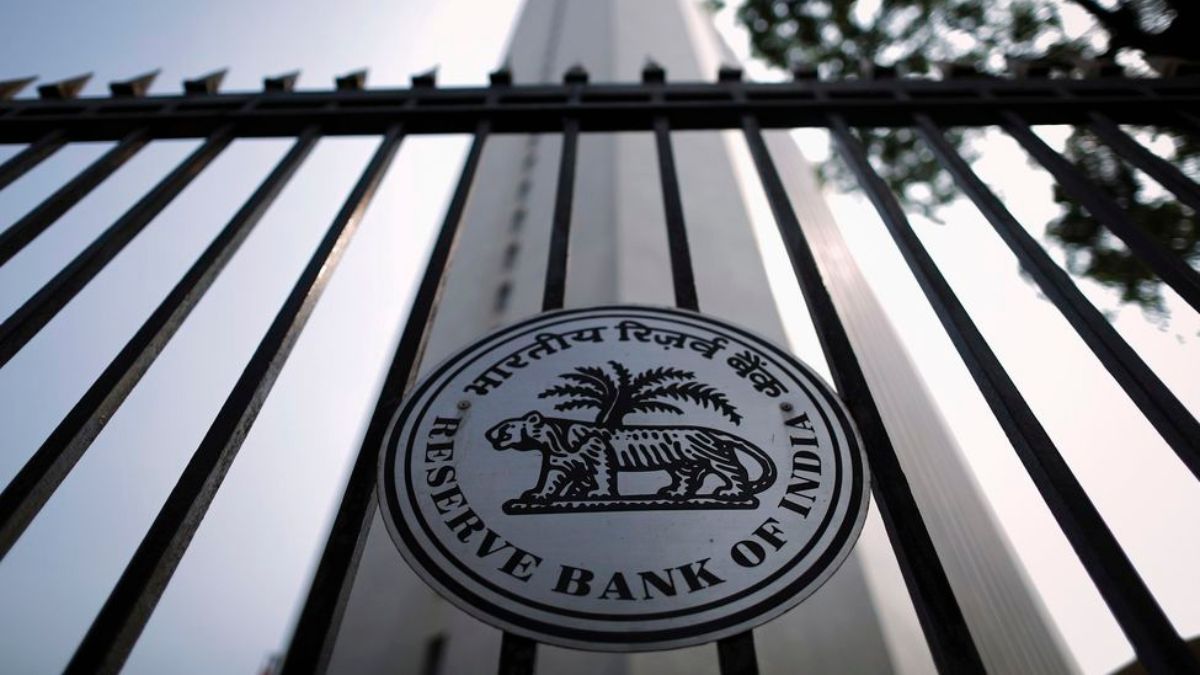For the 10th time in a row, the Reserve Bank of India's monetary policy committee has left the repo rate unchanged at 6.5 per cent. But having done that, the MPC also decided to change its stance to "neutral" from "withdrawal of accommodation." Is an interest rate cut coming in the next MPC meeting in December? Several economists think so, given inflation is likely to be within target and importantly there are signs of growth slowing.
Even as the CPI (consumer price index) inflation in July and August was below the central bank's targeted 4 per ent, and a good monsoon season this time around should aid agriculture production and in turn help bring down volatile food prices, the MPC chose to be cautious this time around. According to its assessments, upside risks to inflation abound, be it from possible escalation in geopolitical conflicts or adverse weather events. Climate change could have a huge bearing on agriculture and in turn food prices.
Therefore, the central bank wants to be watchful of these risks. But, with the change in stance, it has also signalled that it wants to be flexible now and will be ready to act should conditions down the road warrant. Essentially, if the inflationary risks don't play out, the RBI could very well cut the benchmark rate at which it lends money to commercial banks in the next MPC meeting in December.
"Today's MPC review prudently prioritised flexibility, by changing the stance to neutral. This has opened the door for a potential rate cut in December 2024, if the lurking risks to inflation, both domestic and global, do not materialise," said Aditi Nayar, chief economist and head of research and outreach at ratings agency ICRA.
Rahul Bajoria, India and ASEAN economist at Bank of America Securities, also sees a possibility for the RBI to cut the repo rate in the next MPC meeting in December.
"The latest guidance in our view sets up the next meeting in December as the one where RBI can potentially cut rates, amid slowing growth and manageable inflation. The governor's speech today emphasised the need to unambiguously safeguard inflation expectations, which despite falling core inflation have stayed elevated. But, we sense greater balance between growth and inflation risks on RBI's mind, leading to the shift in stance. This is a way for RBI to signal its openness to cut rates if needed, subject to last mile inflation target achievements in next few quarters," he said.
Bajoria also noted seeing a slowdown in high frequency data, which despite signs of improvement in rural consumption may not be enough to offset the weakness in industrial data, which poses material downside risks to RBI's second quarter GDP forecast of 7 per cent.
The US Federal Reserve rate cut of 50 basis points in September marked complete and a decisive turn in monetary policy among major central banks, said Dharmakirti Joshi, chief economist at CRISIL. But, for emerging market peers, domestic inflation concerns are at the front and centre, he pointed.
"It is obvious that high food inflation is constraining Mint Road," Joshi said.
The RBI MPC has maintained its CPI inflation target for the current 2024-25 financial year at 4.5 per cent. At the same time, it also left its GDP growth forecasts unchanged at 7.2 per cent. Joshi expects the GDP growth to moderate to 6.8 per cent this year and anticipates the RBI will cut the repo rate by 25 bps in December.
Lakshmi Iyer, CEO - Investment and Strategy at Kotak Alternative Asset Managers also sees the change in the policy stance by the RBI as clearly a pivot towards potential rate easing action in the months ahead. However, any rate cut in December is not a certainty just yet, she feels.
"The RBI has tried to maintain a balanced tone, which means its not a given that we see rate cut in December policy – looks like it will be more data dependent," Iyer said.
Anitha Rangan, economist at Equirus, also feels the next move by the RBI may not be a rate cut; it will keep its "options open towards accommodation."
"The signal that RBI is warming up or getting more comfortable towards accommodation is the point around transmission to credit markets being satisfactory. However, at the juncture of elevated global volatility perhaps RBI does not believe it to be opportune to cut rates. They will await more certainty from external side (US elections, Middle East tensions), before taking their first step which is not likely before March of 2025," said Rangan.
Suman Chowdhury, chief economist and executive director at Acuite Ratings and Research opines it is likely that RBI will go for a rate cut in the next policy meet in December or later in February 2025, provided the inflationary environment is stable and the headline inflation is consistently within 4.5 per cent in the next few months.
"There are signs of a moderation in the growth trajectory in the current year that deserve to be closely monitored and the downside risks to our own forecast of 7.0 per cent GDP growth has increased. If the subsequent data points over the next two months highlight the risks of a slowdown and particularly the GDP data for second quarter is well below 7.0 per cent, the likelihood of a rate cut will increase in December," he said.
Sujan Hajra, chief economist and executive director at Anand Rathi Shares and Stock Brokers also believes that if macro indicators continue to remain weak through October-December 2024, the probability of a rate cut in December will increase.



